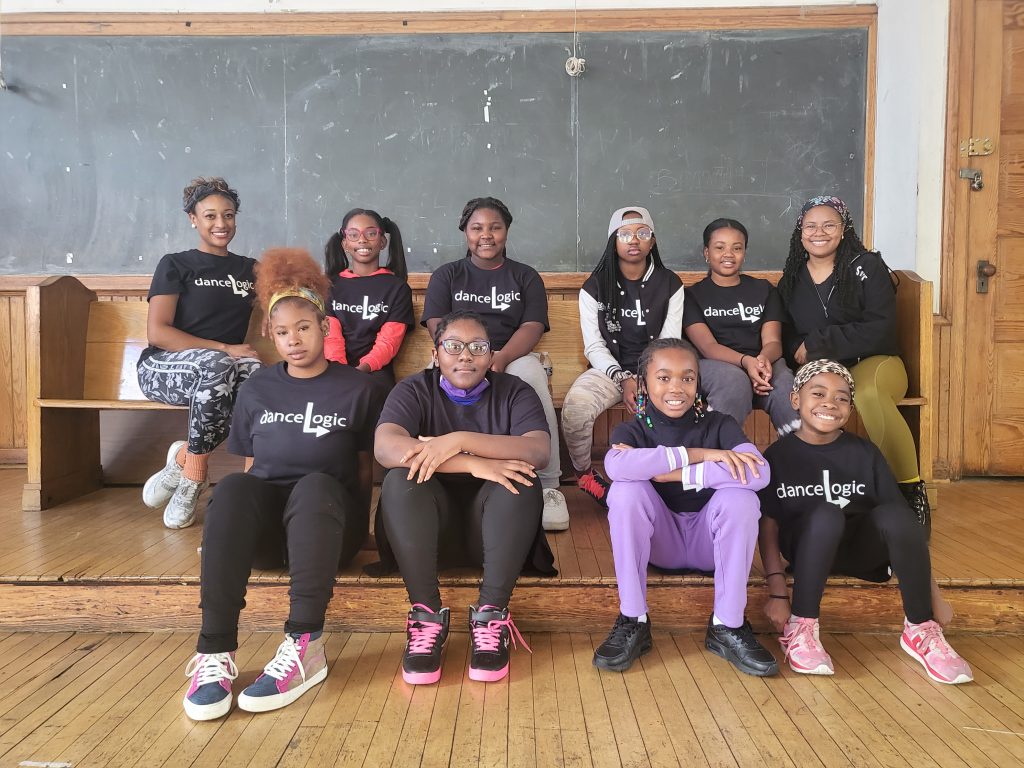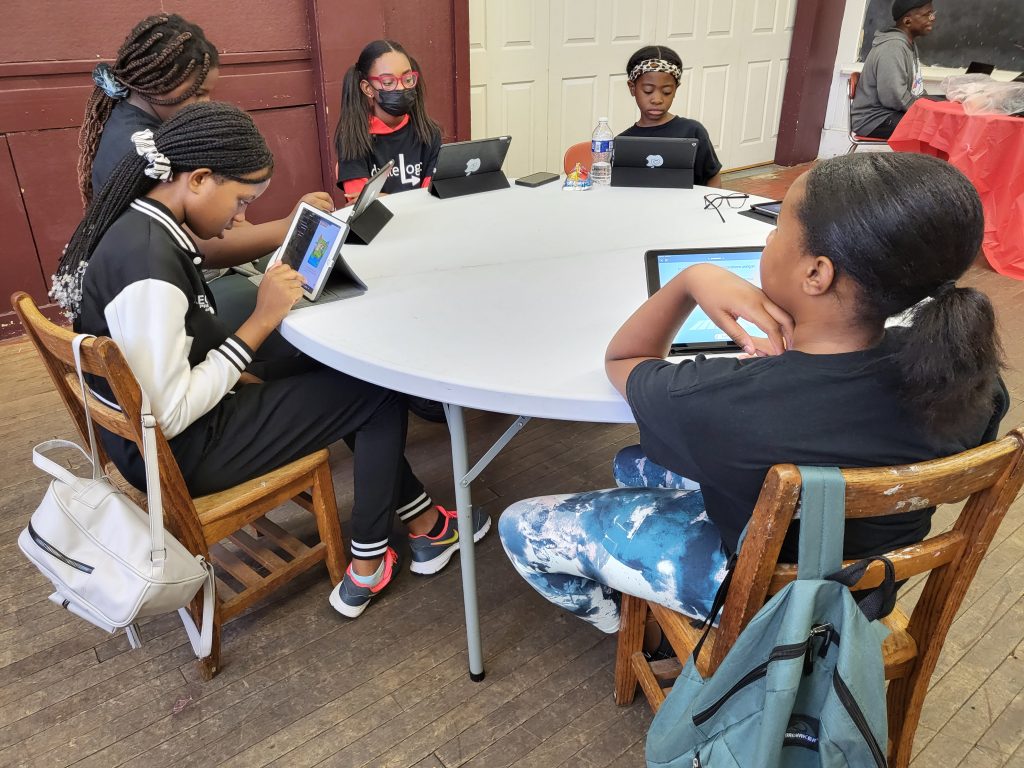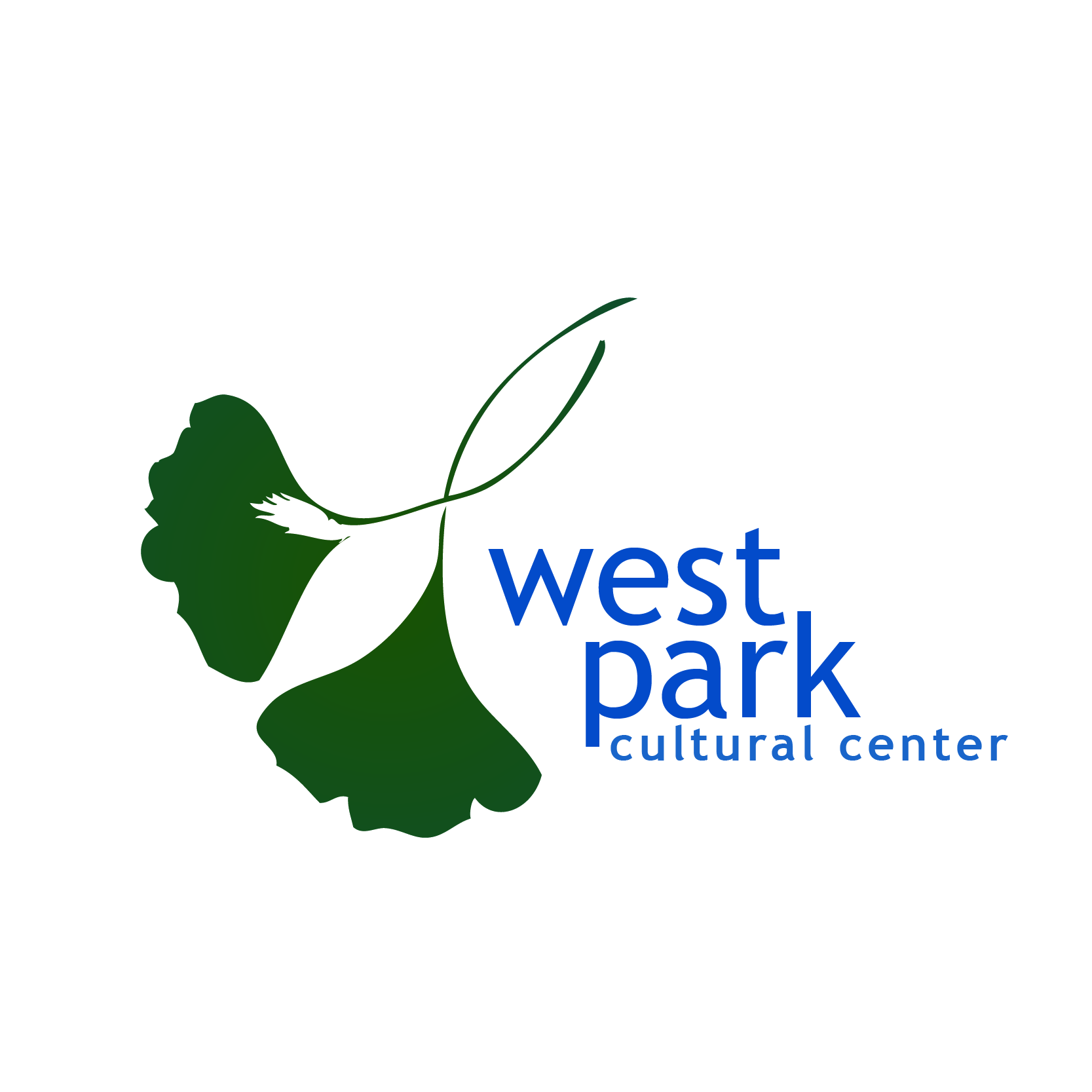
Imagine a program where girls of color can express themselves through dance and learn to code – that’s exactly what the West Park Cultural Center’s danceLogic® program is all about! Since 2018, danceLogic® has been inspiring girls by combining the creativity of dance with the problem-solving skills of coding. Co-founded by West Park’s Executive Director Betty Lindley and Franklyn Athias, Senior VP at Comcast, this innovative program offers a unique way to spark interest in STEM fields, where women and minorities are still underrepresented.
In this case study, you’ll learn how danceLogic® is breaking down barriers in technology and giving girls the tools to succeed in both the arts and STEM. Discover how this program is changing lives and why it’s an inspiring model for other communities!

Background:
West Park Cultural Center’s danceLogic program is an innovative initiative to engage girls of color in science, technology, engineering, and mathematics (STEM) through integrating dance and coding. Established in 2018 by West Park’s Executive Director, Betty Lindley, and Franklyn Athias, a now-retired Senior Vice President at Comcast, danceLogic uses a dual approach to capture and sustain girls’ interest in STEM by pairing coding with the expressive art of dance.
Challenges:
STEM fields are marked by a significant underrepresentation of women and people of color. In the U.S., women occupy only 34% of STEM roles, with minority groups holding an even smaller percentage at 23%. Historically, girls of color face challenges in gaining access to resources, mentorship, and early exposure to STEM education. Programs like danceLogic serve as a solution to address these disparities by providing a unique platform where creativity and logic intersect, motivating girls to embrace the world of technology.

Program Design:
The danceLogic program runs on Saturdays from October to June and is designed for girls aged 10 to teens. The students participate in a 90-minute dance class, followed by a 60-minute coding session. The program aims to demonstrate the connections between dance and coding, highlighting how both use repetition, combination, and creativity to produce meaningful results. The girls start with beginner coding languages such as Swift, and those who do well progress to more advanced languages like Python, Java, and HTML. Dance instructors Cameron Bridgers and Natasha Truitt, along with coding instructors Devon Gooden, Franklyn Athias, and coding assistant Jett Shepard, guide the girls through a structured curriculum to ensure they develop skills in both fields.
Outcomes and Impact: danceLogic has seen substantial growth in participation, with most girls attending at no cost supported by grants and donations. The program culminates at the annual West Park Arts Fest, where the girls showcase their dance performances and digital projects and receive recognition and awards. The long-term goal of danceLogic is not only to foster an interest in STEM but to develop a pipeline for minority girls to pursue careers in technology. By making coding more accessible and appealing, danceLogic is helping to close the gender and racial gap in tech-related fields, as evidenced by numerous success stories from the participants.
Conclusion:
danceLogic stands out as an example of how non-traditional approaches to education can generate significant interest in STEM among underrepresented groups. By combining art with technology, it has transformed the lives of many girls, giving them confidence in both their creative and technical abilities. Programs like danceLogic are essential in making STEAM (science, technology, engineering, arts, and mathematics) accessible and relevant to a diverse range of students, inspiring the next generation of women in technology.
